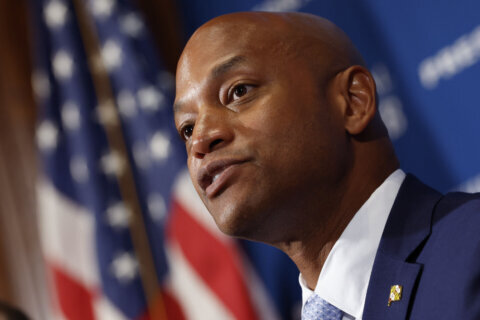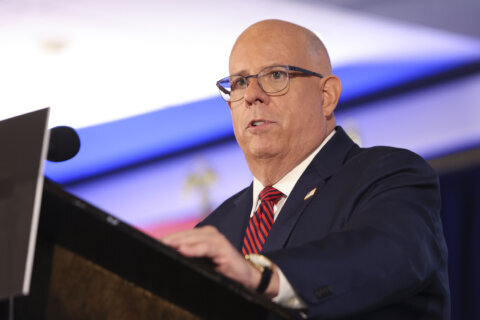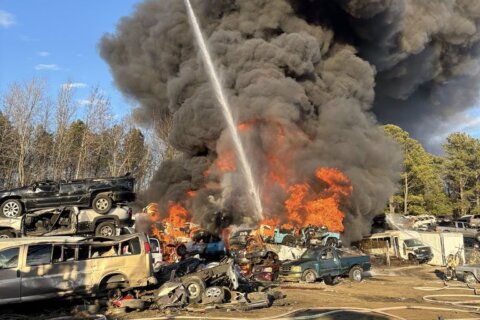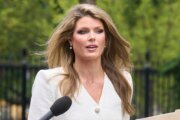It may not be an Ivy League grade, but the Chesapeake Bay’s score from the University of Maryland Center for Environmental Science has increased from a C to a C+.
Bill Dennison, vice president for Science Application at UMCES, told WTOP the C+ score “is the highest grade we’ve reported since 2002.”
“We’re starting to see the results of a lot of hard work,” he added.
Dennison attributed the change to sewage treatment upgrades and measures taken to improve air quality. He also cited the creation of riparian buffers and the use of cover crops as actions that are now starting to pay off.
The report looks at indicators — factors that either harm or help the Chesapeake Bay — such as the condition of aquatic vegetation, total phosphorous and nitrogen, and water clarity.
For the entire Chesapeake Bay watershed, the indicators of health include the condition of organisms on the bottom of streams, native species of fish and the amount of lands protected in the watershed.
Another success Dennison pointed to is the water clarity and bay grasses in the top of the Bay at the Susquehanna Flats in northeastern Maryland.
“An amazing story that’s transpired over the last 15 years is this resurgence of grasses that were wiped out in 1972 when Hurricane Agnes came through,” he said.
Now, said Dennison, “You’re going to see 6-feet-long grass with crystal clear water, and you’ll see all the watermen’s boats around the edges, catching crabs and fish because it’s a beautiful habitat.”
There is still plenty of work to be done, Dennison said, adding, “The big problem in the Bay right now is the Eastern Shore and particularly Maryland’s tributaries that are coming into the Bay from the Eastern Shore.”
A major source of the problem is the runoff from agriculture.
“We’re also applying sewage sludge called ‘biosolids,’ onto our farm fields in the Eastern Shore. So we’re putting chicken manure and human manure into the fields, and that’s running off into the Bay,” he said.
“This is time to stop the blame game,” where different interests point fingers over who is proving to be the biggest stumbling block to a cleaner Chesapeake Bay, Dennison added.
“I think we’ve got to recognize agriculture as partners as we go forward, rather than pitting agriculture versus development versus conservation. I think we need to have everyone at the table working together.”
Get breaking news and daily headlines delivered to your email inbox by signing up here.
© 2024 WTOP. All Rights Reserved. This website is not intended for users located within the European Economic Area.








